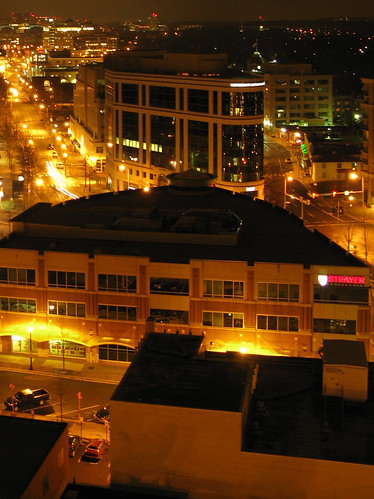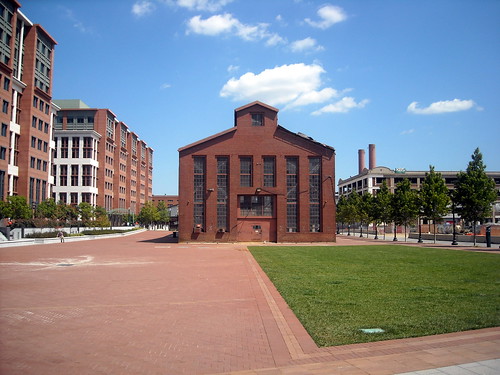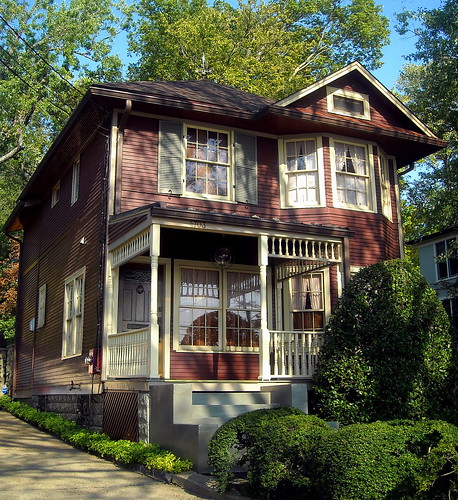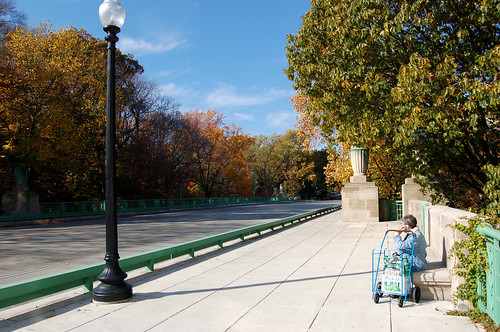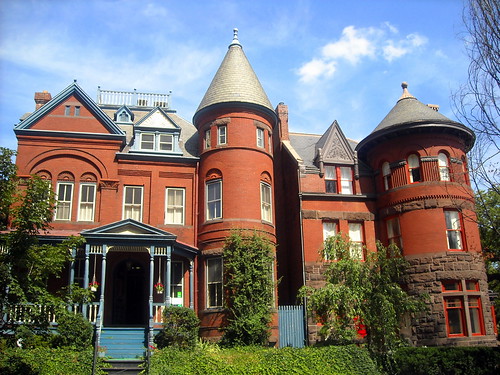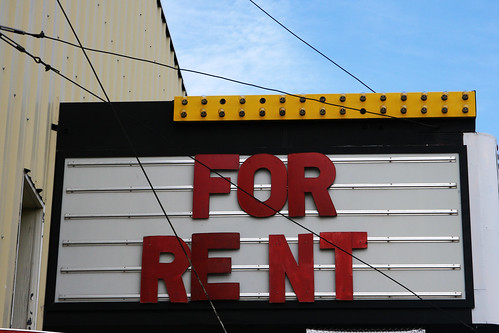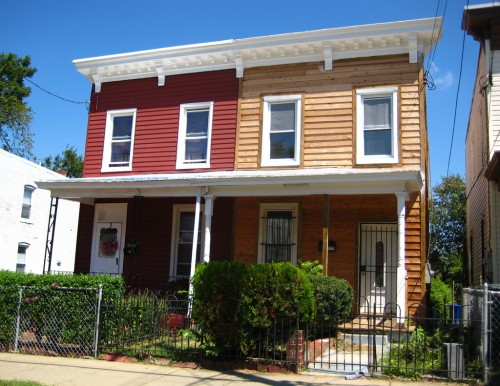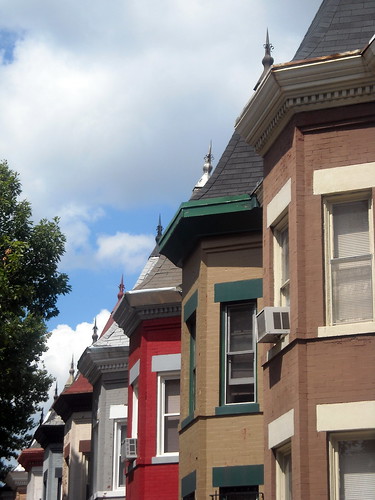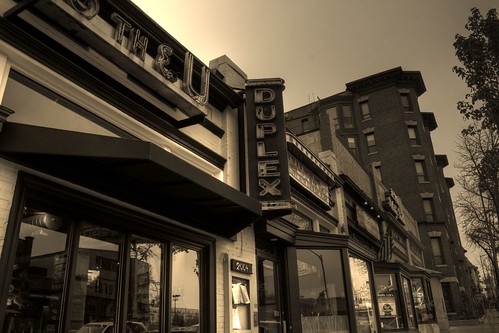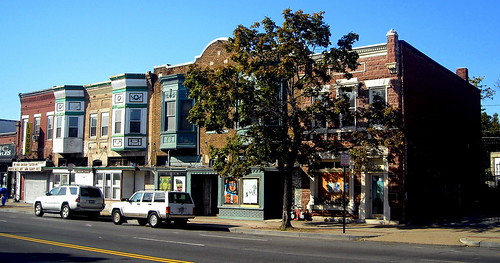
‘H Street Life’
courtesy of ‘NCinDC’
Welcome to another edition of Where We Live. This week we’ll be looking at a whole section of the city that is rapidly changing: the section of Northeast DC north of Massachusetts Avenue and south of Florida Avenue. This area has a LOT of different names: Near Northeast, H Street, the Atlas District, NoMa (for NOrth of Massachusetts Ave), North Capitol Hill, and the list goes on. This part of town is known for the new office buildings in NoMa, the retail/theater/restaurant district on H Street NE, and the quiet, residential neighborhoods that surround them.
History: Florida Avenue was once called Boundary Avenue, and was the northernmost boundary of Pierre L’Enfant’s plan for Washington, so this area was part of the original City of Washington. H Street NE has been the site of major transportation milestones in the history of the city: the Bladensburg Turnpike was a tollgate and entrance to the city, the Baltimore and Ohio railroad was constructed in 1835 and the proximity to Union Station transformed this area, in 1849 H Street itself was built, and the H Street Streetcar was opened in 1872. The streetcar spurred a great deal of development in the area, and streetcars were running along the corridor until 1949.
Throughout the 1900s the area was a major commercial hub of Washington, with department stores, theaters, and restaurants lining H Street. However, the riots in 1968 following Martin Luther King’s assassination devastated the neighborhood, and many businesses, theaters, and restaurants moved out to the suburbs. On H Street, the suburban-style, car-oriented development created pedestrian-unfriendly environment, and the lack of a nearby Metro station meant that the area remained a car-focused corridor. However, in the last several years, the area has seen a resurgence in development. It is now home to a thriving theater scene, a variety of restaurants, and a growing number of shops. It is once again becoming a pedestrian-friendly district, and with plans of a streetcar in the future, it may one day regain its status as DC’s main commercial district. Next door, NoMa is also rapidly changing from an old warehouse district to a major employment center with over 1,000 hotel rooms, 8,000 residential units, a new grocery store, and new restaurants and shops.
Continue reading →
